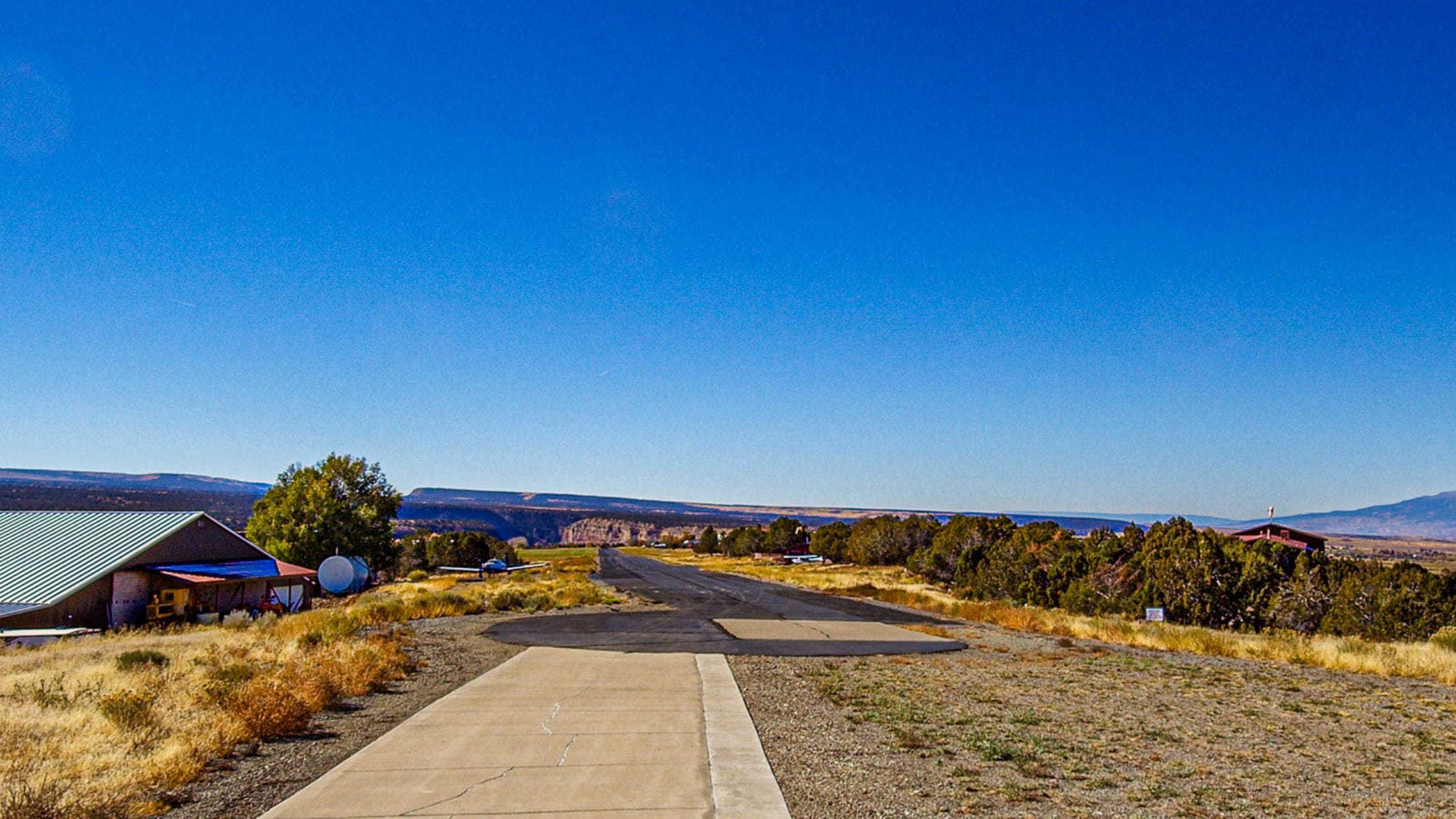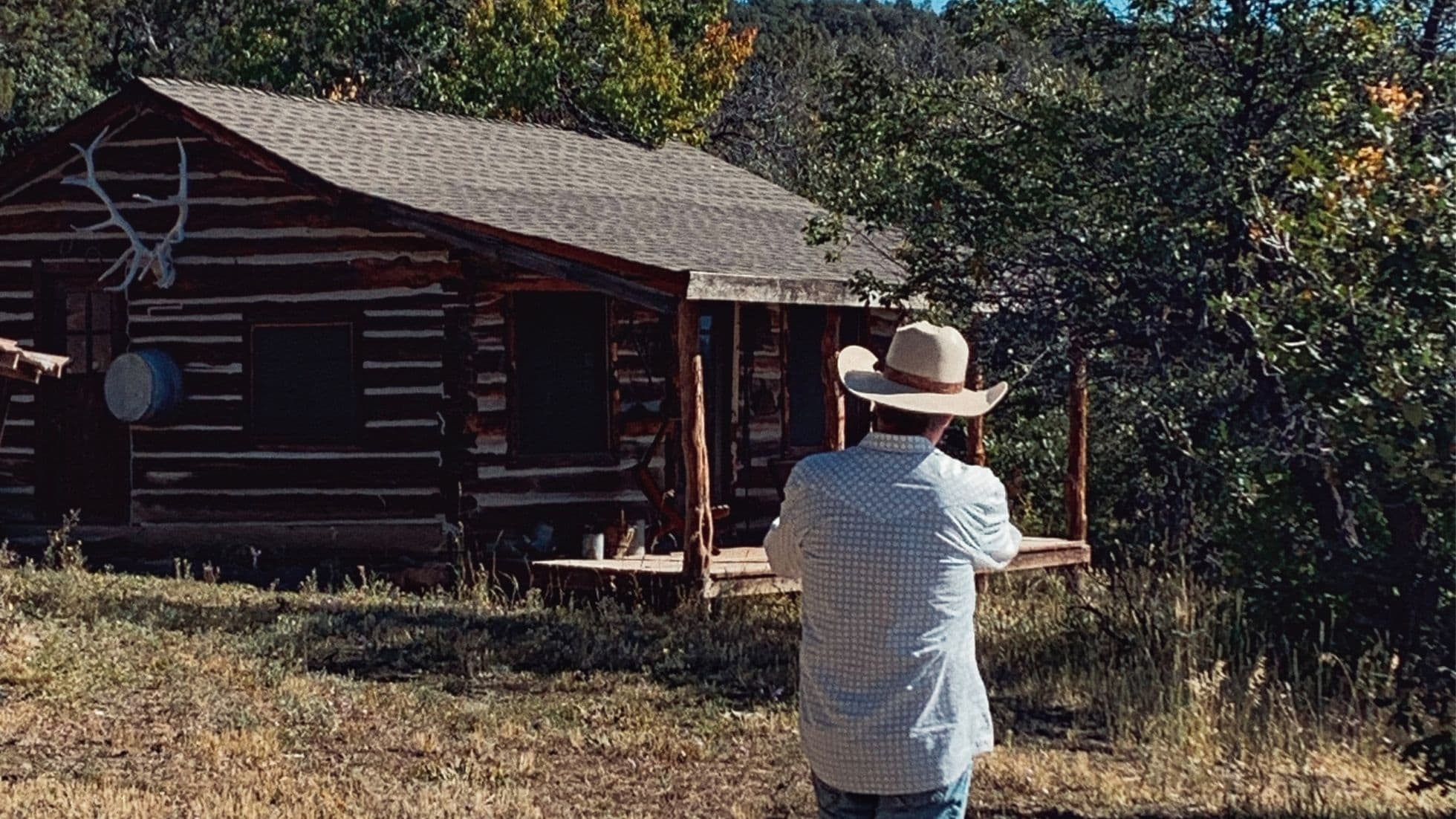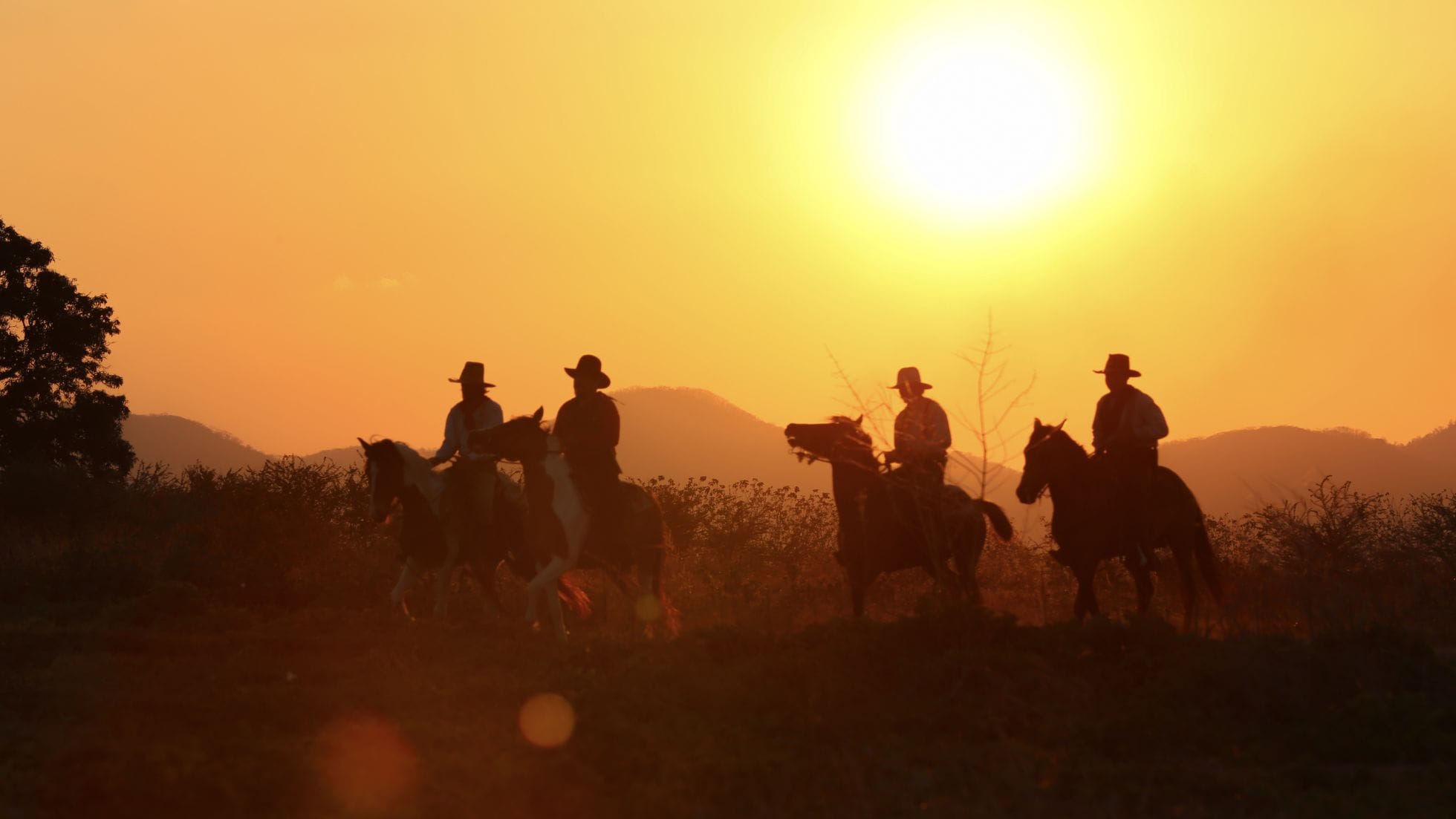Why do people invest in real estate? Hopefully, they do it for a return on their investment. But real estate investing doesn’t have to mean renting out a house in the city.
In fact, owning land provides an equal opportunity for ROI, among other benefits. Whether you’re investing in Colorado land, land with a house on it, or with a plan to build one, there are many ways you can make money from it, and leasing is only one of them.
Leasing Your Land
Leasing your land is appealing to landowners with a surplus of usable land in an agricultural area. Many local farmers and ranchers will lease land to grow their crops or let their animals graze.
Leasing your land to a farmer to grow crops opens a lot of direct and indirect opportunities for income. You may charge money on a seasonal or monthly basis. Sometimes, you may let the farmer use your land in exchange for a portion of the crops. Depending on what the farmer is growing, you can use the crops for yourself or your livestock, or you can sell them for a profit.
When you lease your land to ranchers, they typically repair your fences, irrigate and move the cows off to prevent overgrazing. You get the benefit of free property maintenance without putting in the work yourself.
Regenerative Agriculture
The same idea applies to growing your own crops. Regenerative agriculture refers to the chain of events that happens when you grow your own crops to feed your own livestock to fill your own freezer. While this model doesn’t make you money, it saves you a significant amount that you otherwise would have spent on food or on hay for your livestock.
Grow Something
Of course, if you don’t have livestock or grow a surplus of crops, you can sell those for profit too. Hay is one of the most universally profitable crops because every rancher needs it. Hay prices can fluctuate drastically, but on average…hay can range from $150-$250 per ton, and a good-producing hay field can generate approximately 4 tons per acre.
Raise Something
If you want to get even higher up on the sustainable living ladder, you can raise livestock too. In the regenerative agriculture model, you would feed the crops you were growing to this livestock, but that doesn’t have to be the case.
Buying hay from local farmers to feed your livestock will certainly minimize your profits. One steer is enough to feed your family, so you can sell the others either by the head or by the whole, half or cut. According to Drovers, slaughter cows (1,200 pounds) average $50 per hundredweight, 550 pounds steers average $145, and 520 pounds heifers average $130.
Use Your Irrigation Water Wisely
On the subject of growing crops and raising cattle, understanding your Colorado water rights and how to irrigate is imperative. All water in the state of Colorado is owned by the state. You get a certain number of shares of that water for your property. Furthermore, you must also own “ditch rights” to run water in a particular ditch in order for it to be delivered to a particular parcel of land.
You must figure out which irrigation method will work best for what you are growing or raising – flood irrigation vs. sprinkler irrigation. If you’re strategic, you can implement rotational grazing, which means you raise hay in the summer and have cattle graze your fields in the winter.
To learn more about irrigation water and irrigation methods used in Colorado, see this blog post.
Why This Matters To You
Real estate investing is a great way to diversify your portfolio, but you don’t have to wait until you can afford a condo building in the city to start. Especially if you live in a rural area, there are more opportunities to invest in land and not only make money from your property but also benefit from more self-sustainability. Growing crops or raising livestock will also give your property agricultural status and likely lower your annual property taxes. In my book, that’s double the reason to look at Colorado land for sale today!


